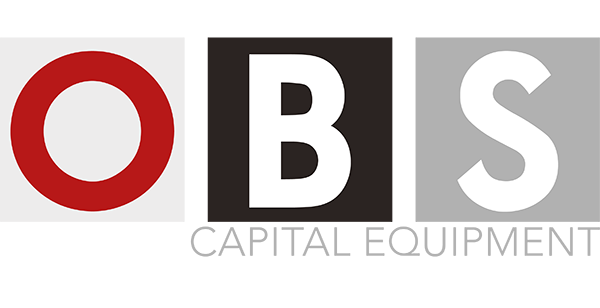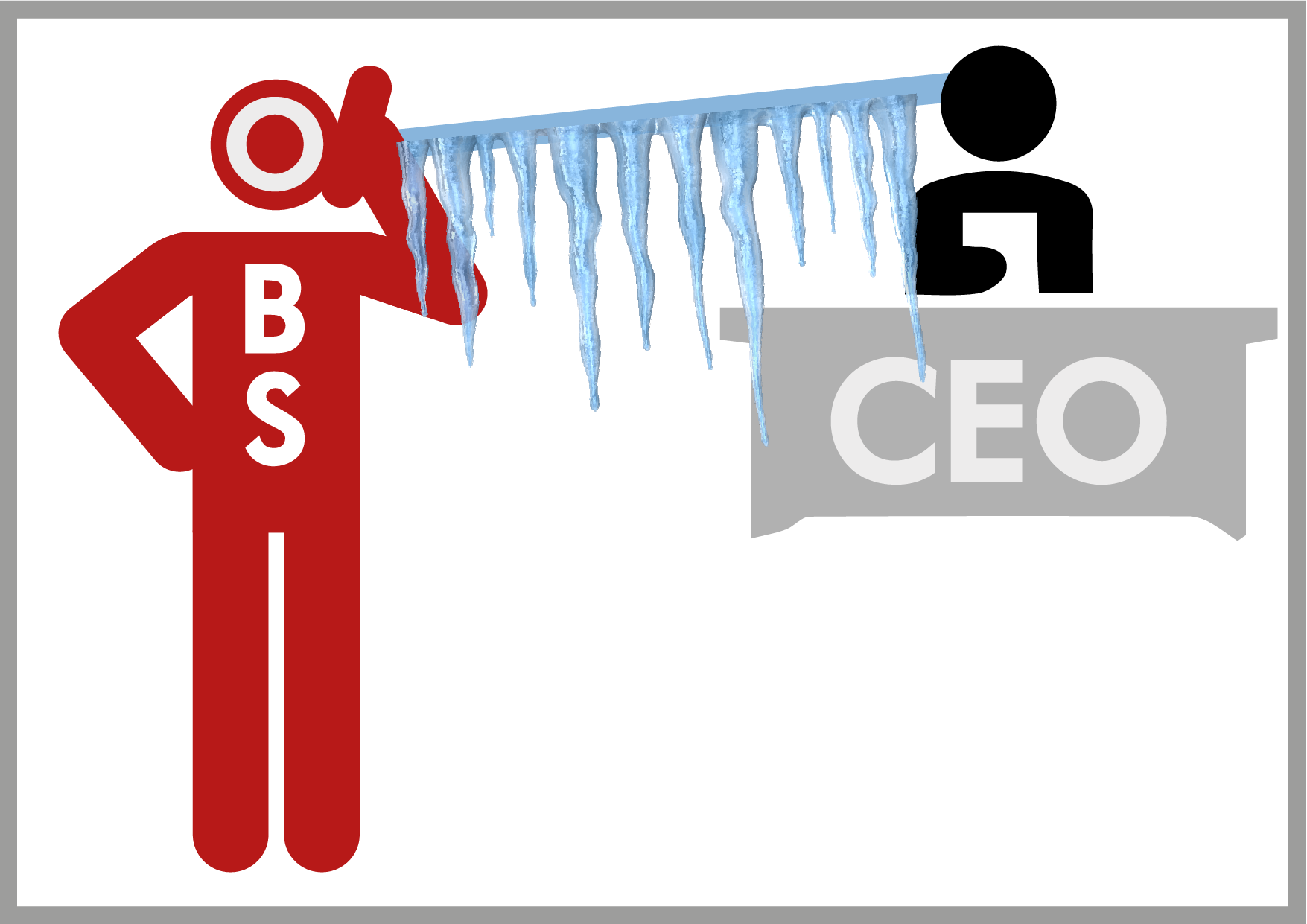In the MHE or capital equipment markets, the task of cold calling in business development is probably the most difficult and uncomfortable for most people. This is because it involves talking to new people whom they have never met or spoken with before. If a salesperson can refine this skill, when coupled with good discipline, they will become one of the most effective salespeople in the company.
In our example below, let’s assume the salesperson has already carried out some prospect research including company name, telephone number, contact name and potential product or service usage. Then, we propose adopting the useful cold calling telephone techniques below for your first telephone contact:
- BE FIRM: Get straight to the point and don’t give too much information, e.g.
“Sheldon England here for John Smith please.” - BE VAGUE: If they question the reason for your call, be vague, e.g.
“I’m calling about a potential warehouse improvement project.”
“I’m calling about MHE equipment modernisation.”
“My call is about a potential quality enhancement project.” - MAKE YOUR PITCH: If they ask yet more questions, treat them like they are a decision influencer by giving them a good reason to put you through, e.g. how your product or service will help them fix their problems or save them money.
- STRESS IMPORTANCE: If they still won’t put you through tell them:
“This is important information that your Manager is going to want to know about.” - ASK FOR AN EMAIL ADDRESS: If they still won’t put you through, ask for the managers email address. If they still won’t provide this, I’d then do two things:
a) ask for the gatekeeper’s email address and write directly to them, plus;
b) write a direct letter to the manager/ director and post it. A lot of the time emails get filtered but direct letters or even faxs, that are not sales pitchy invariably get through to the VP.
Then dust yourself down, move on and find someone who WILL talk to you!
OTHER POINTS
- Be polite because you will talk to them again
- Don’t lie to them because you will talk to them again
- Show genuine interest in them because you will talk to them again. If you are doing your job well, you’ll eventually meet them
- Build rapport so stay concentrated and gauge when to back off
CELEBRATE YOUR SUCCESSES
Following a successful cold call, share that success with the senior managers and directors in your company. Firstly, they will be delighted to do so and secondly, it will help you personally because:
- It will enhance your personal stock in your company
- Your company’s senior managers may have some important historical information concerning the new customer. This may be useful when you attend your first customer meeting or next scheduled telephone call
- Success will motivate you. Cold calling will become a challenge you actually look forward to
WORK TO A PLAN
A general rule in cold calling and business development is to always work to a personal business plan. In my scenario, the starting point was my sales target, broken down into the distinct activities required to give me the best chance of achieving that plan:
- Annual Revenue or GP target
- How many FLTs (or unit orders) do I need to sell to meet that plan?
- Based on the approximate company ratio of 3:1 (or however good you are 🙂 ), how many sales proposals do I need to write to get 1 deal?
- How many customer meetings do I need in the year to meet my sales proposals and orders target?
- How many new people or companies do I need to engage with to achieve my meetings, proposals & orders goal?
All these activities can be consolidated to give an approximate number of how many telephone calls you need to make per day in order to give yourself the best chance of being successful in your job and meeting your target. Once you know this figure, on your cold calling days, to keep yourself motivated and fired up, set yourself small daily goals, such as:
- Say to yourself, you WILL achieve something significant that helps you continue forward motion in pursuit of your annual sales target. This could be a new sales appointment, identifying a new client or a valuable telephone conversation
- Target yourself with a certain number of telephone calls required to earn your next cup of coffee or mini break from phoning. You will enjoy that cup of coffee even more!
Your cold calling days are focussed sessions. Do not do any other jobs such as answering emails; proposal writing; dealing with customer complaints, service or sales meetings. On your cold calling days, you need to have 2 things only. Firstly, a clear and determined mindset and secondly, a clear set of daily objectives. Do not give yourself an excuse for NOT making calls. By working to your target, the target and it’s activities propels you forward. Life will become easier in this difficult yet incredibly rewarding profession!
WHAT NEXT?
So, you’ve been put through to the decision maker or influencer and you want to get an appointment!
DOWNLOAD THE FULL ARTICLE AND MORE HERE.


